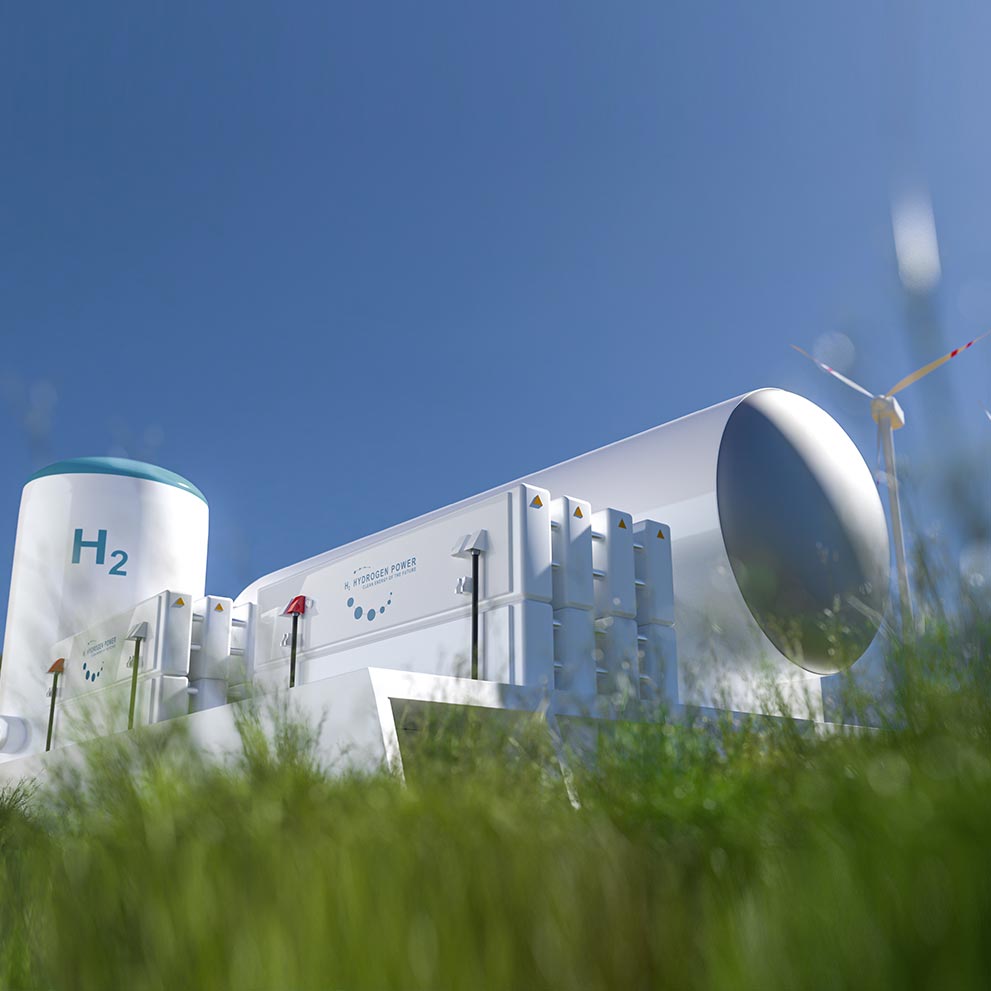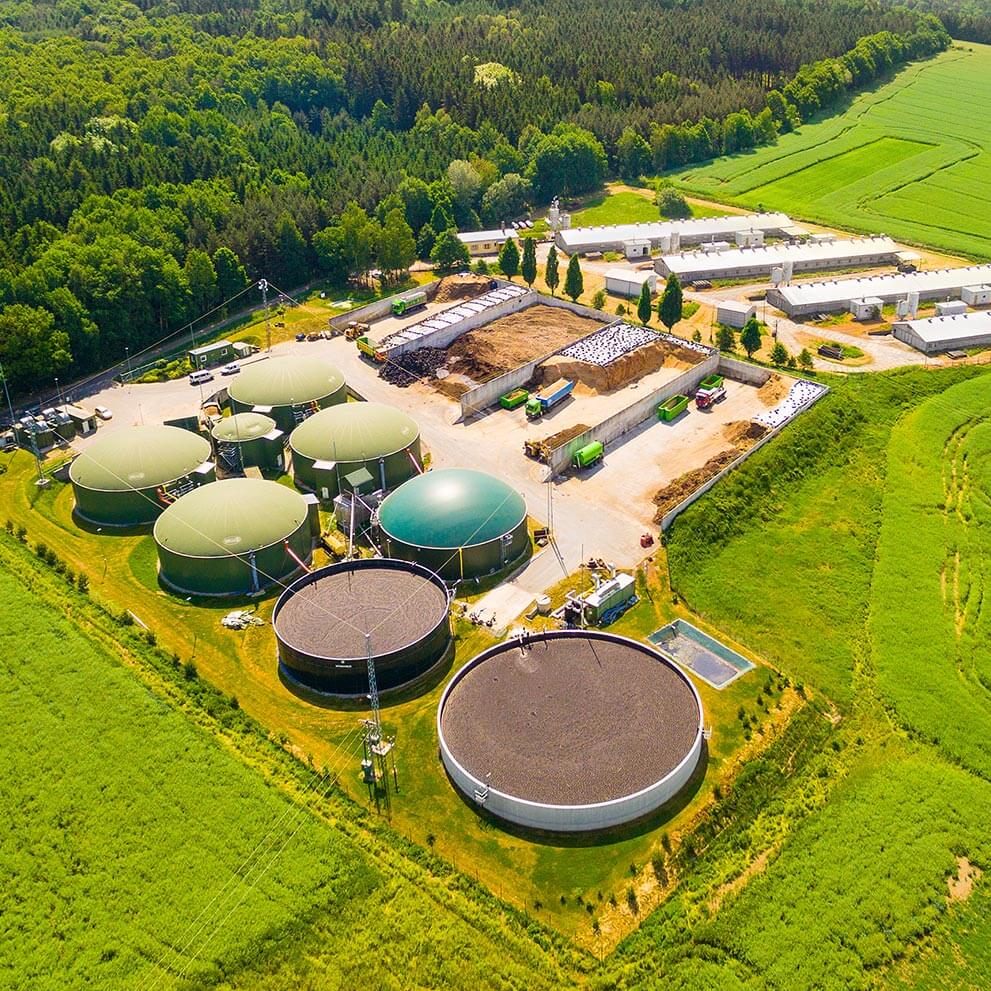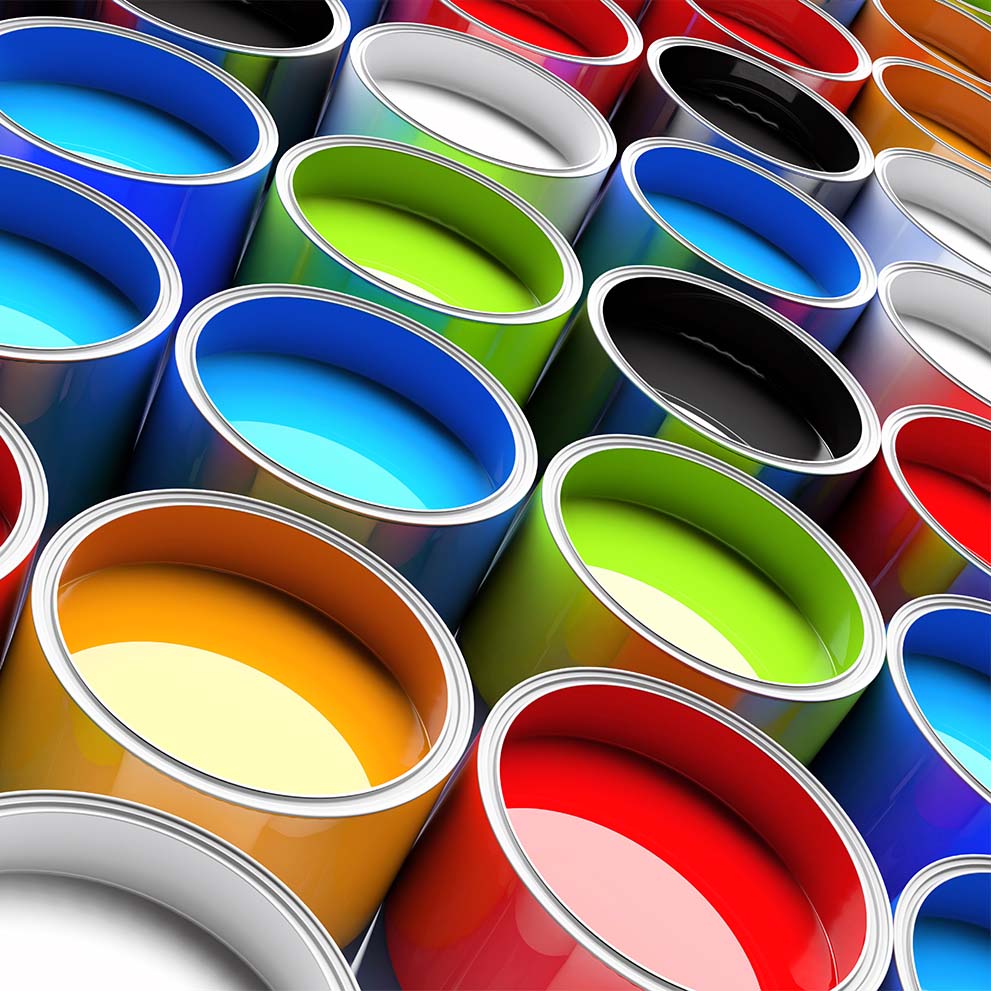Cathodic protection
Electrolytic corrosion of metals
Drinking water, natural gas and domestic wastewater flow through metal structures and are stored in underground tanks, all of which are subject to corrosion.
Any facility with metal components is subject to this phenomenon, which occurs when materials, such as iron and carbon steel, come into contact with an electrolyte, such as soil.
Corrosion is not a phenomenon that can be completely eradicated, but specific measures can be taken as early as the design and construction stage to significantly reduce its effects and ensure the proper functioning, durability, and safety of the systems.
Focus
The quality of the cathodic protection service is determined in different ways. There are international standards that require the use of the electric potential between the metal structure and the ground as a criterion for defining its protection.
Pietro Fiorentini started developing and creating cathodic protection monitoring systems in 2016. Service2Business is the software able to interface with devices for the monitoring and remote control of cathodic protection systems.
Depending on the technology used, it is possible to implement passive cathodic protection with coatings and inhibitors, or active cathodic protection using sacrificial anodes or impressed current to counteract faults and gaps in the coating caused during installation or by deterioration.
The quality of the cathodic protection service is determined in different ways. There are international standards that require the use of the electric potential between the metal structure and the ground as a criterion for defining its protection.
Pietro Fiorentini started developing and creating cathodic protection monitoring systems in 2016. Service2Business is the software able to interface with devices for the monitoring and remote control of cathodic protection systems.
Depending on the technology used, it is possible to implement passive cathodic protection with coatings and inhibitors, or active cathodic protection using sacrificial anodes or impressed current to counteract faults and gaps in the coating caused during installation or by deterioration.
The quality of the cathodic protection service is determined in different ways. There are international standards that require the use of the electric potential between the metal structure and the ground as a criterion for defining its protection.
Pietro Fiorentini started developing and creating cathodic protection monitoring systems in 2016. Service2Business is the software able to interface with devices for the monitoring and remote control of cathodic protection systems.
Expertise areas

Hydrogen
Hydrogen combustion does not release carbon dioxide, but rather steam, and it is easier to transport and store than electricity. This makes hydrogen the ideal ally for renewable energy production.
Today, hydrogen can only be injected into the pipeline network and blended with natural gas up to certain percentages: we are commited to creating systems and devices that can overcome this limit.

Biomethane
Unlike other renewables, biomethane requires limited investment in terms of infrastructure. Moreover, regarding emissions, it is considered to be neutral as it is produced via the digestion of biomass from by-products, industrial processing waste and organic material.
Specific incentives promoted at the European level are making its use economically sustainable, and as a result production and use of this source are being strongly encouraged.

Power-to-gas
Managing ‘green electrons’ over time and space is important to obtain as much energy as possible when renewable sources such as the sun and the wind are available.
Power-to-gas, a technology that transforms surplus electricity into gas molecules that can be transported over long distances at low cost and can offer the possibility to seasonally store renewable energy, is the answer.

Smart gas grids
Smart Grids, which integrate different types of energy and make autonomous decisions to optimise energy distribution, are an ambitious project that will, in the very near future, manage energy through networks capable of instantaneously regulating multiple, discontinuous and bidirectional flows.

Water
Water is a primary resource, a fundamental need for life. Good water governance is a strategic responsibility from every point of view: institutional, environmental, economic.
The goal is to move towards process automation through the digitalisation of water networks, thus achieving a better optimisation of resources, investments, and data management, with a business advantage for companies but also a social advantage for the communities.

Surface protection
Surface treatment is a critical step in preserving the integrity and longevity of structures and equipment, especially when they are exposed to various environmental conditions.

